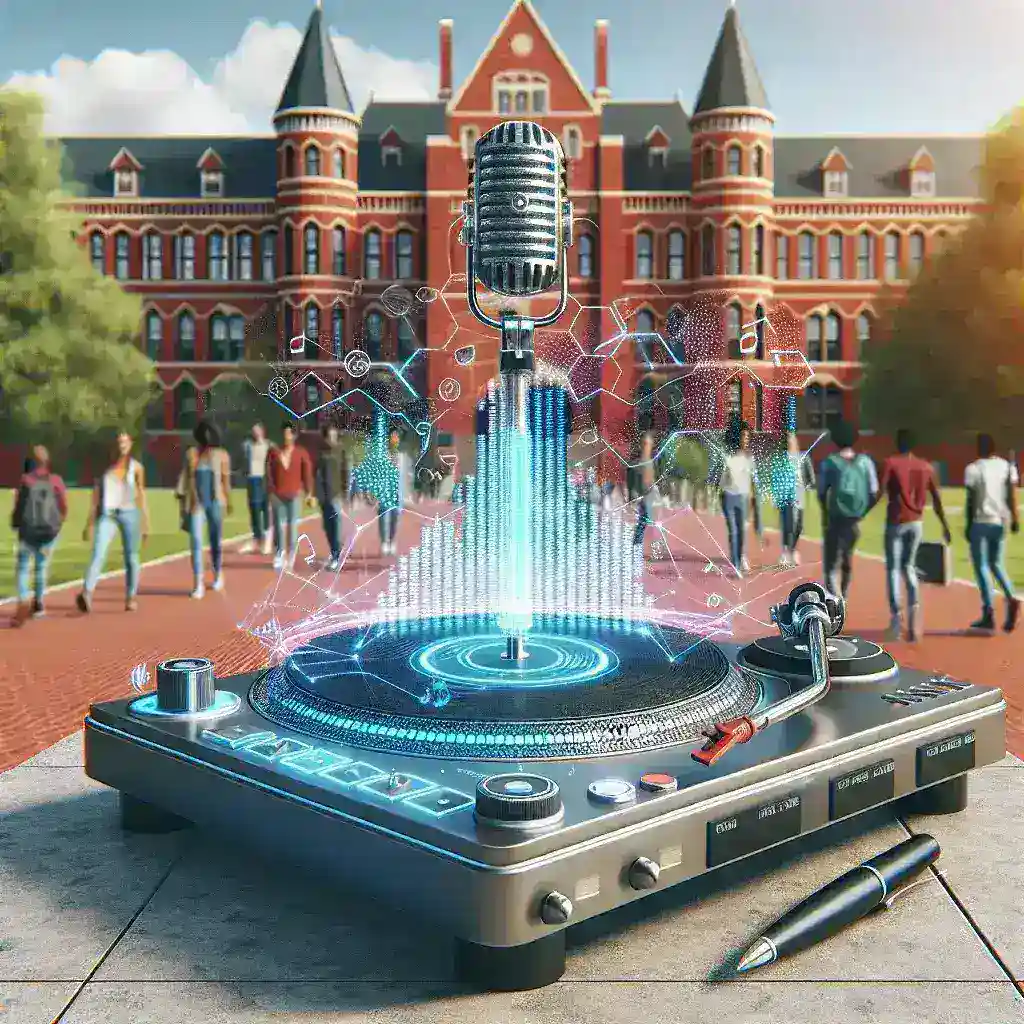Introduction
In a groundbreaking move, Spotify is set to enhance the auditory experience of college radio stations across the United States by introducing AI-generated DJ shows. This innovative approach not only aims to diversify the programming offered by college radio but also seeks to engage a tech-savvy generation of listeners. By utilizing advanced algorithms and machine learning, Spotify is poised to redefine how students and young adults experience music and radio.
The Evolution of College Radio
College radio has long been a platform for budding DJs, musicians, and radio hosts to express their creativity and share unique sounds that often don’t receive mainstream attention. Over the decades, these stations have played a crucial role in the music industry, serving as a launchpad for countless artists. However, as the landscape of radio continues to shift with the rise of digital platforms, college radio stations face challenges in maintaining listener engagement and relevance.
Historical Context
Since the inception of college radio in the 1960s, these stations have served as cultural hubs where students can explore various genres and ideas. Yet, with the advent of streaming services like Spotify, many traditional radio formats are struggling to attract younger audiences. This shift has prompted college stations to innovate and adapt, leading to the exploration of AI technology as a tool for enhancing programming.
Spotify’s AI DJ Shows: What to Expect
Spotify’s expansion into AI-generated DJ shows for college radio stations represents a significant leap forward in integrating technology with local broadcasting. These shows will utilize artificial intelligence to curate playlists, create engaging commentary, and even interact with listeners in real-time, providing a unique and personalized listening experience.
How It Works
The AI technology behind these DJ shows is built upon advanced algorithms that analyze vast amounts of data, including listener preferences, trending tracks, and genre-specific nuances. Here’s a closer look at how this system operates:
- Data Collection: Spotify collects user data from its vast network of listeners, enabling it to understand what types of music resonate with different demographics.
- Playlist Generation: Based on collected data, the AI curates playlists that reflect current trends and personalized recommendations.
- Voice Synthesis: The AI DJ employs natural language processing to create engaging commentary, making the experience more interactive.
- Real-Time Interaction: Features may include live requests and feedback from listeners, adding a layer of community engagement.
The Benefits of AI DJ Shows
While the concept of AI-generated DJ shows may seem futuristic, there are numerous advantages to integrating this technology into college radio stations:
- Diverse Content: AI can curate a wide variety of music, introducing listeners to new artists and genres they may not have discovered otherwise.
- 24/7 Availability: With AI DJs, stations can offer programming around the clock without the need for human DJs to be present.
- Cost-Effective: Utilizing AI can reduce operational costs, allowing stations to allocate funds towards other essential needs.
- Customization: Shows can be tailored to specific audiences based on their preferences, enhancing the overall listening experience.
Challenges and Considerations
Despite the many benefits, the integration of AI into college radio also raises several challenges and ethical considerations:
- Loss of Human Touch: One of the primary appeals of college radio is the personal connection between DJs and their audience. There is a risk that the human element may be diminished.
- Quality Control: There may be concerns regarding the quality and appropriateness of the content generated by AI.
- Technical Issues: Dependence on technology can lead to potential technical failures or glitches during live broadcasts.
Cultural Relevance and Future Predictions
The collaboration between Spotify and college radio stations marks a pivotal moment in the evolution of broadcast media. As these stations increasingly adopt AI technology, we can expect a transformation in how music is consumed and shared within campus communities. Here are some potential future trends:
- Integration with Social Media: AI-generated shows may feature real-time social media interaction, enabling listeners to engage with the DJ and each other.
- Live Events and Collaborations: Spotify could facilitate live events where AI DJs collaborate with student artists, bridging the gap between technology and creative expression.
- Global Reach: AI technology can also enable college radio stations to reach a broader audience beyond their geographical limitations.
Conclusion
As Spotify expands AI-generated DJ shows for U.S. college radio stations, we stand at a crossroads of tradition and innovation. This development promises to enrich the cultural landscape of college radio, offering students a unique platform to explore music in ways never before imagined. While challenges remain, the potential benefits of this technological advancement could pave the way for a more engaging, diverse, and interactive future in college radio. Students and music lovers alike can look forward to a new era of auditory exploration that combines the best of both worlds: the human spirit of college radio and the limitless potential of artificial intelligence.

Leave a Reply